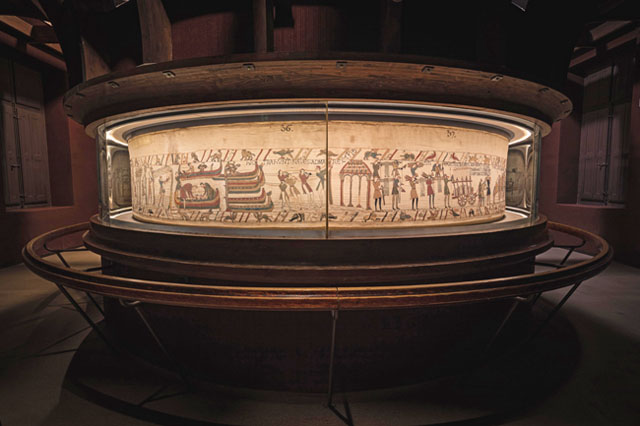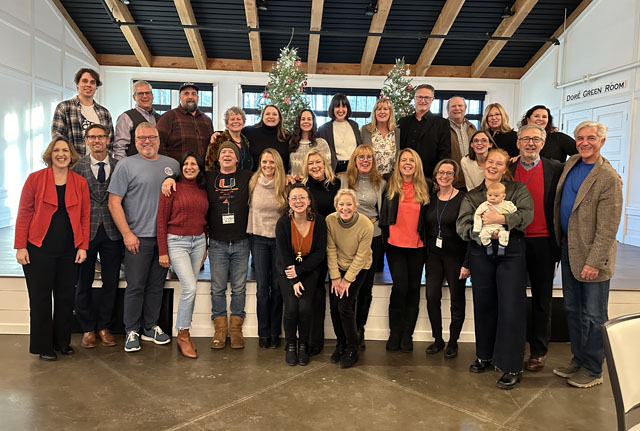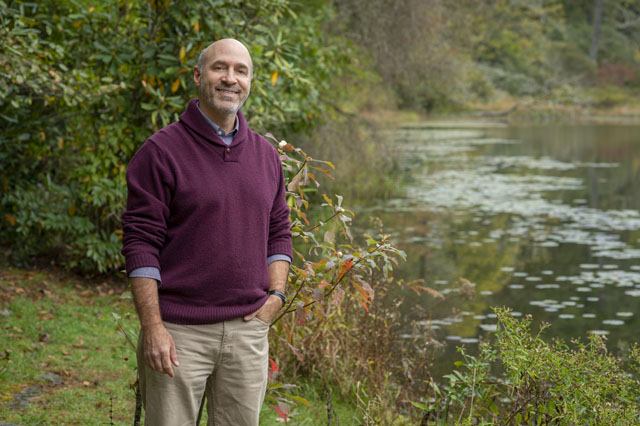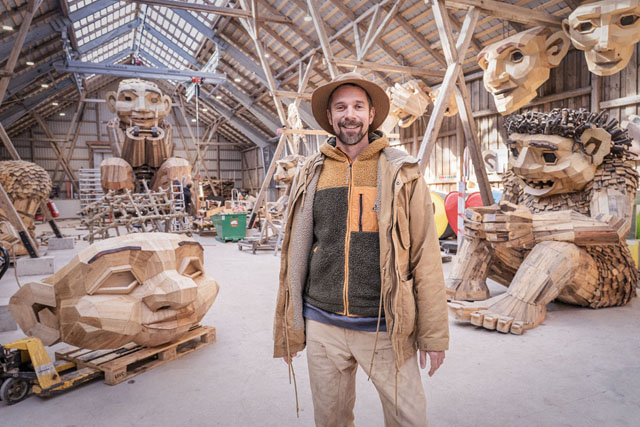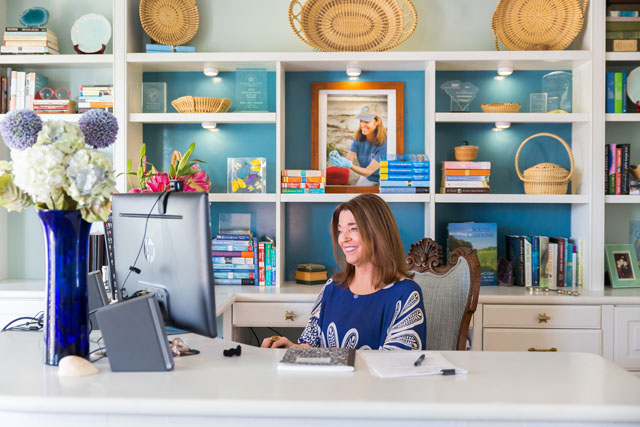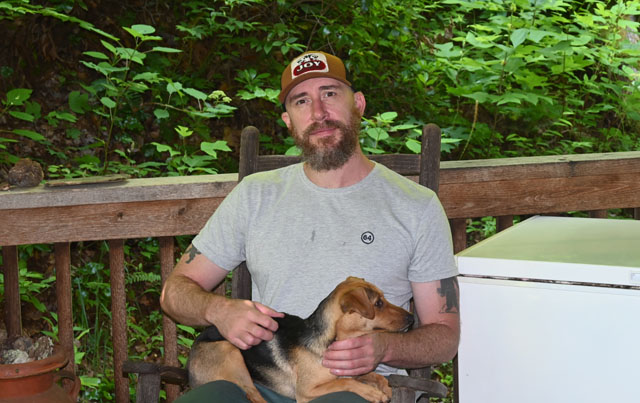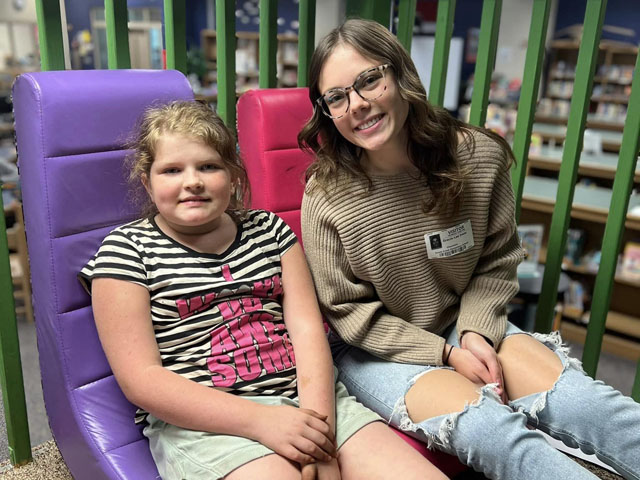Drawing in Space
03 Apr 2024
By F. B. ROBINSON
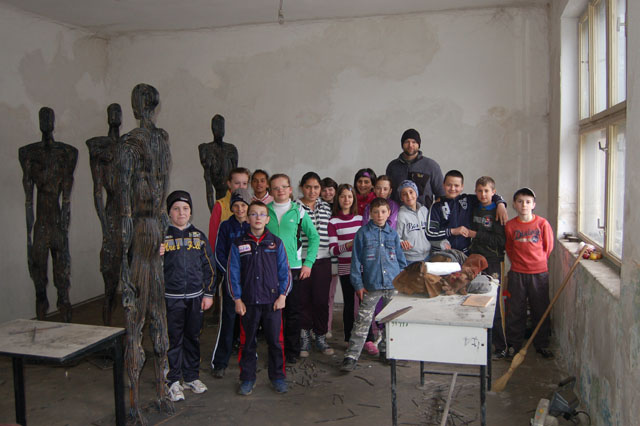
Ever since childhood, while his peers fantasized their destinies as astronauts, doctors, or devil-may-care adventurers, J. Aaron Alderman knew what he wanted to be—an artist. After graduating from Brevard College, he continued working in wood and considered himself a painter, but a painter with the problem of having nowhere to paint. Once out of school, he worked with coppersmith J. T. Cooper. It was during his time with Cooper that Aaron learned how to use an oxy/acetylene torch to manipulate copper, at which point an ember that would eventually erupt into a full-blown fire began to glow in his artist’s mind.
While working with Cooper, Aaron used copper wire to create abstract figures. He began to think, “If I can do this with cooper, maybe I can do it with steel.” This was the infancy of what Aaron now calls his process of “drawing in space.” Although Aaron readily credits Cooper for unveiling this artistic path, Cooper humbly refuses the honor.
Twenty years ago, Aaron completed his first commissioned piece: the large elk on the Transylvania County courthouse lawn. Initially, he struggled to bring this work to life. His plan was to use the round-stock steel as the substructure and then to “skin it” with steel plate or other textures. He explained that he was more or less “making it up” as he went along. As he continued the work, Aaron began to appreciate the form the substructure made. He decided that the substructure would become the actual piece of art, and the J. Aaron Alderman signature style was born.
From the elk, Aaron continued to explore this concept along with others. He would sketch a figure on paper, then repeat that line with steel—"drawing in space” as he calls it. He would repeat the process, continuing to follow the lines he had created until the form he envisioned emerged.
True artists envision things most of us cannot. Such is the case for Aaron’s Horses from Horseshoes. While working at Camp Carolina in Brevard, on a day when the local farrier had reshoed several of the horses, Aaron noticed the small pile of spent shoes left behind. He began to play with the idea of using them. He contacted a farrier and asked if he had any spent shoes. There were plenty, and Aaron was told to get as many as he wanted. He loaded the trunk of his Honda Civic twice. The result is five horses that “graze” on the lawn of the Transylvania Arts Council.
One of Aaron’s most unique commissions took place in Pietroasa, Romania. Pietroasa is located at the foothills of the Carpathian Mountains, in the Transylvania region, and thusly is the sister city to Brevard as they share that Transylvania connection. Aaron spent two months living with an older couple who did not speak English—nor did Aaron speak Romanian. The couple cooked and took care of him while he worked. His space was located in an old school, next to the new school. On breaks between classes, Aaron recounted how the kids would flood into the small studio to check on his progress. Again, there was little shared language. It was a deeply concentrated time in his artistic journey that he equates to a graduate study. He ate breakfast, went to work, ate lunch, went to work, ate dinner, went work, then went to bed. His art was all-encompassing. Upon completion, Aaron gifted his sculptures to the city of Pietroasa in gratitude for his unique and meaningful artistic experience.
When I met up with Aaron, he was working on a piece that had been requested for a show in Springfield, Missouri. The city had requested the piece after seeing similar work Aaron had recently created. It is a unique “bottom to top” perspective of an anchor, a rope, and a large person in a small boat. Bass Pro Shop is slated to sponsor the piece.
He explained that most sculpture is a process of deconstructing; taking raw material and reducing it through whatever means necessary to arrive at what the artist envisions. His method, however, is the opposite. Aaron constructs. Drawing in space with a combination of stylization, abstraction, and representation. He is constantly working to push the process and can sometimes be quite self-critical. At the end of the day, he may go back and think, “I zigged when I should have zagged,” but he realizes that’s how one continues to grow. Occasionally, it works the other way round. He will look at a piece he completed a year prior, at which time he felt only lukewarm about the piece, and realize it is quite better than he first thought.
When asked about the business side of art, he openly admits that he is still trying to figure it out. His goal has always been to have his work represented by a gallery. His work can be seen at Anvil Arts Studio and Sculpture Garden in Linville, NC where Aaron is slated for a solo show this summer. He continues trying to expand his exposure through galleries and various public shows. He is also working on getting pieces of his work into museums.
To contact J. Aaron Alderman, check out his website at volumesofsteel.com or on Facebook, Instagram, and TikTok under j.aaronalderman.

